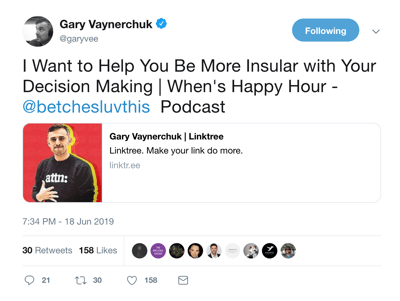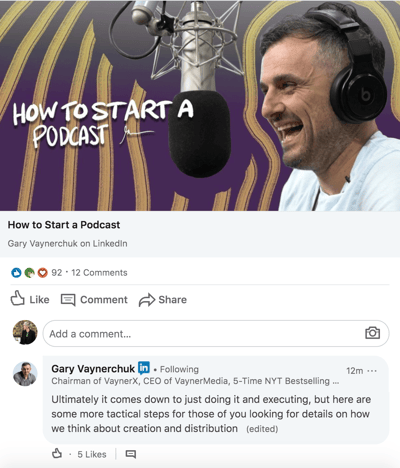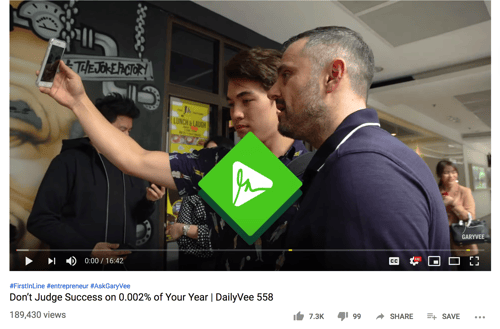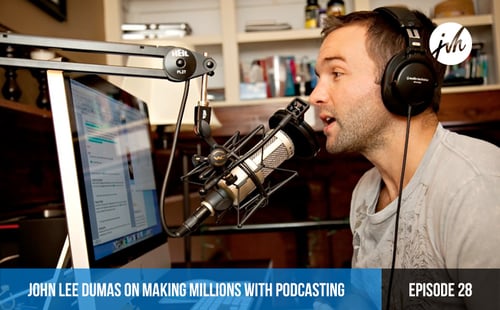Would you buy anything from this dude?
Just kidding, you already have.
It's Jeff Bezos. And the giant Papasan chair, laser disk, and huge monitors in this picture tell us it's somewhere in the 1990s. These are the early days of billionaire Jeff Bezos, when Amazon was still an online bookstore, and not the massive company it is now.
From this image, we take away two things.
First, cuffed khaki pants will always come back into trend (sigh.)
And second, you don't gain influence overnight. Jeff Bezos certainly didn't. It took a lot of time for him to become the Jeff Bezos we know today.
It's the same for other CEOs, founders, and marketing gurus. Look at Rand Fishkin, Seth Godin, and Ariana Huffington. Their paths to becoming thought-leaders were long and arduous.
Now, they're each known for their individual talents.
People look to Jeff Bezos for guidance about business. They look to Rand Fishkin for SEO insight, Seth Godin for marketing advice, and Ariana Huffington for lessons from the publishing world.None of these massively successful people earned their influence by chance. It took long nights, hustle, and sacrifice.
And if you're a CEO who wants to put themselves on the same path, there are a few moves you need to take from their playbook to get on the right track.
Building A Thought Leadership Strategy That Increases Brand Awareness
The thing you need is a creative thought leadership strategy. The right strategy will help you earn trust and respect from your audience, while gaining massive brand awareness for your company.
But first, let's talk about what thought leadership is and isn't.
Thought leadership is content marketing where you use your expertise, passion, and experience to educate and nurture your ideal audience.
Thought leadership isn't an opportunity to brag about your company or push your product or service.
To create great thought leadership content, you need to be customer-centric and focus on what your target persona needs and:
- The channels they engage on
- The problems and challenges they're facing
- Who they already trust to help solve their problems
From there, you can create a holistic strategy that increases brand awareness by using a few key components.
1. Your Areas Of Expertise
When you're creating a thought-leadership strategy, start with your core competencies. What will you always write about? This question isn't meant to put you in a box, but to train your audience on topics that you're an expert in.
For example, look at Rand Fishkin. His expertise is marketing, tech, & startups. He even tells you that himself in his Twitter bio.
When his followers have questions about marketing and SEO, they go to his blog. They read posts when he publishes them. They ask him for advice. Because he trained them to, through consistently good thought-leadership. Once you have these topics selected, it will set the entire foundation for your strategy.
Then, with your core topics, you can brainstorm and organize ideas. These ideas become blog title articles. And when you have enough articles built up, you can track the performance of your core topics.
With HubSpot's SEO tool, you can create topic clusters, track specific topic performance, and get SEO data about keywords. [Source]
If you're using HubSpot's SEO tool, monitoring how well these topics are doing is a piece of cake.
2. A Multi-Channel Distribution Plan
If you're trying to increase your brand awareness, you can't only post thought-leadership content on Medium and call it a day. You need a plan to distribute content across a few channels. And it's more than sharing a few Bitly links.
A great first step is identifying your customer's watering holes, or the places they look to for information. Often, these are sub-Reddits, a Twitter hashtag, an industry blog, or a YouTube channel.
Then, you need to assess how they prefer to get content on those channels.
Is it a video? Is it a podcast? It could be both.
Take Gary Vaynerchuk for instance.
Gary Vee sharing his latest podcast via Linktree.
Gary Vee giving tips on starting a podcast via LinkedIn.
Gary Vee on YouTube, talking to his #FirstInLine community.
Gary Vee relies on video, but he uses audio files from those assets to create podcast episodes. He then embeds those videos on LinkedIn, shares his podcasts on Twitter, and streams his meetings on YouTube.
All of the content and delivery is different, but it serves the same goal: to help his target persona get ahead. And he gets a ton of return on his content assets, because he's thoughtfully repurposing them for each platform.
3. Different Mediums
You don't need to exclusively write articles to be a thought-leader. The best thought leaders create in the format that they're the most comfortable with.
Gary Vee, for instance, primarily uses video. John Lee Dumas is known for podcasting. Seth Godin writes short blog articles.
John Lee Dumas talks about making money with podcasting, via his podcast. [Source]
As long as you're providing value and producing work that you're proud of, the vehicle isn't as important. And if you want to generate written content, you can still do that from a video or podcast. You can transcribe everything you record.
From there, you can hire a writer to turn the transcription into a blog post, or you can embed your media into a blog post and share the transcription as is. This way, you can generate twice the amount of content and spread it across multiple platforms, reaching even more people.
4. A List Of Personal Stories And Anecdotes
In any blog post or article, you want to tell a story. Every good writer knows that. But with thought-leadership content, it's even more important. Because when you're trying to engage with an audience, that authenticity can foster a positive connection. And if you can find a personal anecdote that aligns with the content, it can be a great way to make the content more compelling.
As a writer (and storyteller), I'd recommend making a list of some of your most memorable experiences and brainstorming topics that they could align with. The only caveat is to be mindful of the experiences you're writing about, and ensuring that they're an actual fit.
Additionally, if those stories involved someone else, such a friend or co-worker, you can reach out to them and get their POV and later, ask them to share it with their networks.
5. A Balance With SEO Content
If you've got a brand new website and no traffic, investing 100% into thought-leadership content may not be the best idea. Because you need organic traffic, and the best way to get organic traffic for new sites is with rich SEO content.
That doesn't mean that you can't write thought-leadership content, it just means that you'll need to produce it in tandem with SEO content. There needs to be a balance. And then, you can still drive some of that organic traffic to your thought leadership content.
There are two tactics I like to use for this.
1. You can look within your already published articles, and find opportunities to thoughtfully link to thought-leadership assets.
2. You can also start "pitching" the thought-leadership content in new blog posts that cover the topic more specifically.
For example, if my thought-leadership content is about digital marketing in 2019, and I'm writing an article with a list of marketing tools people are using in 2019, I could "pitch" the first article under the H2.
I can basically write that I've written about the entire subject extensively and that they could check out that post if they wanted. Then, I could continue with the rest of my post.
6. An Ongoing Effort To Connect With Your Audience
If you do not have an active audience, you probably won't get a lot of engagement on thought-leadership content in the beginning. It takes a while to build trust and recognition.
Personally, I see sponsored thought-leadership content, sales pages, and videos in my News Feed all the time. I rarely know who these people are, so I seldom engage with that content. However, in time, I get to recognize them. And the best way for them to continue to gain recognition and respect from me is with true connection.
You can join relevant Facebook Groups and leave thoughtful comments on posts. You can start answering questions on Quora, and following and engaging with people on Twitter.
People care about connection. If you want to engage with them, you need to make an effort.
Building Organic Traffic And Driving Engagement
When you're investing in thought-leadership content and trying to spread brand awareness, variety, creativity, and consistency are key. You can get impressive results and raise brand awareness if you master those skills.
However, thought-leadership isn't the only important strategy for a growing company. An organic traffic strategy that helps you achieve long-term growth, through SEO content, is also critical. And together, thought leadership and SEO content can help you get in front of the right audience, at the right time, with the perfect message.




.jpg)
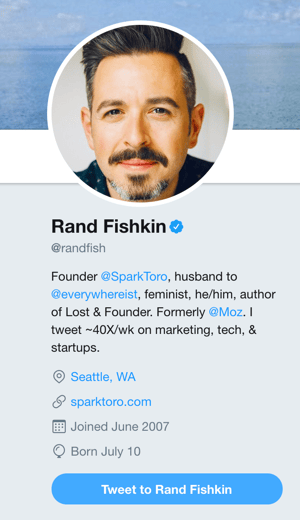
.png?width=600&name=Content%20Strategy-1%20(1).png)
